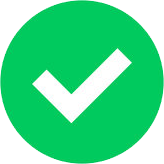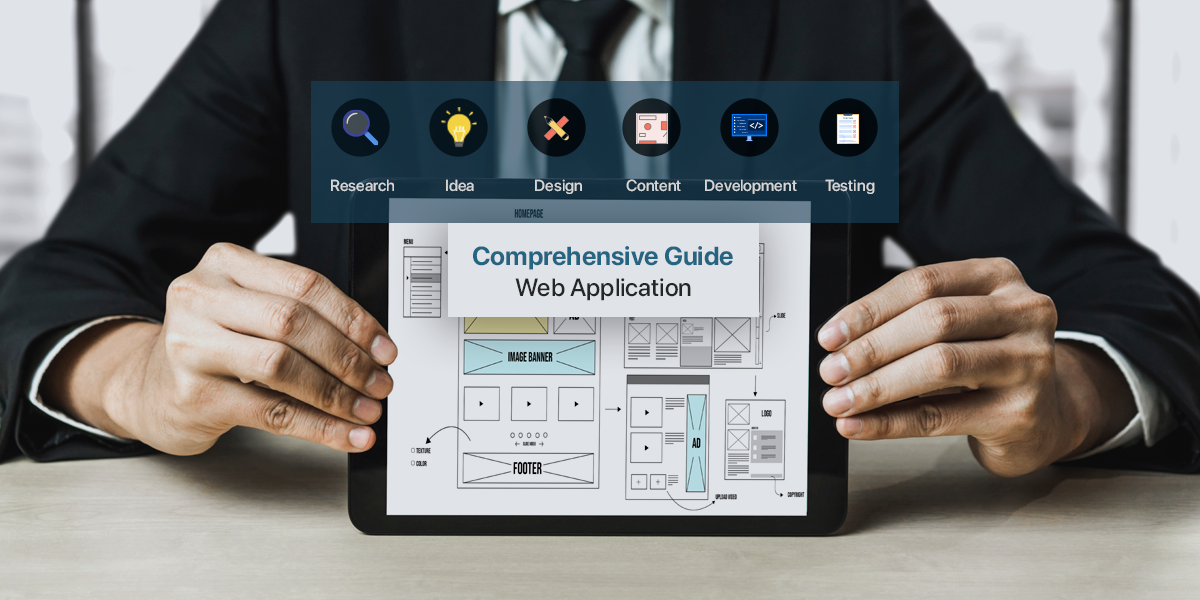A web app is essentially a website created to mimic the look and feel of a downloaded program. Similar to web pages, some apps are responsive and offer a lot of engagement whereas others are not responsive and rarely updated. The key advantage of web applications is that they can be utilized offline as well as being quicker, cheaper, and easier to design. Also, they work on both desktop and mobile devices. So let’s examine some of the categories of web application development and the names of the tools that may be used to create web applications for you.
Static Web Application
Users of static web apps are only able to read the content; no other interactivity is possible. It is only employed when the information needs no further adjustments. The material isn’t altered unless anything is modified on the server’s hard disc.
Static web apps do not undergo any content modification before being transmitted to a browser; instead, they are loaded into the client’s browser exactly as they are kept on the server. You will see these common web application development categories rather regularly.
Interactive Web App
According to the user’s requests, this kind of web application development instantly produces the pages and data. The database is used at the server end when the web server receives a request for a dynamic page. The request is then forwarded to a program known as the application server.
Users can access the updated content as a result of this. The web server receives the page when the application server has read all the codes, customized it, and sent it. After that, the browser receives it.
Single Page Applications (SPA)
Web applications known as single-page web apps (SPA) only load a single web page or document. In single-page apps, only the content is transferred; all other data remains unchanged. It uses the JavaScript API to change a few content elements at once without refreshing the page. Users can check their mailbox when they use an email app, but the page banner and widget remain the same.
These web application development technologies are implemented directly within the web browser. It is therefore quicker and less expensive to develop than conventional web and mobile app development.
Multi-Page Application (MPA)
The multi-page app is a convenient online application that has to reload the entire page when users move to a different page, in contrast to the single-page application. The full contents are refreshed and shown on a new page whenever the user takes any action. For data synchronization and exchange, the server additionally asks the browser to display a new page each time.
As a result, multi-page web and mobile app development give vast amounts of information and have no page boundaries. The scalability of these kinds of apps is widely recognized in that situation. However, because MPAs are difficult to maintain and create, their development needs more time, money, and skilled web developers.
Portal Web And Mobile App Development
A web app that offers a singular point of access for the pertinent data to a certain user type. A gateway web application may be simply understood. In this application, many categories or parts are readily available via a home page. In a single landing page, portals compile various relevant action-taking scopes. As a result, users can use web portal applications to read, interact, work, or conduct business.
Animated Web And Mobile App Development
The Flash technology that displays animation and synchronization over the entire online platform is referred to as an animated web application. Users of this type of web app discover the response to their request through animated things. Search engine optimization is unaffected by animated web applications. Nonetheless, these web applications deeply embody a distinctive, contemporary design. There is a significant catch in that animated apps require parent codes and languages like Flash to function.
CMS
A web application known as a web-based content management system (CMS) allows the owner or admin users to edit material. Users do not seek support from the tech team or knowledge of programming languages to change, add, or remove material.
CMS, or content management systems, are tools that let users or admins better create and manage digital material. It serves as the model for numerous other web applications. Administrators need CMS to take action to change, add, or remove contents and structures.
Online Store Application
Websites or e-commerce web applications are web applications that promote, display, and directly sell goods or services. E-commerce platforms allow users to browse, compare and buy products and services. For e-commerce application examples, the greatest options are Amazon, Alibaba, eBay, and so on.
These web apps need more features, design components, & functions for customers like numerous payment ways compared to other dynamic web apps. The servers show relevant products and ideas to close deals using databases, inventories, prospects, online purchases, and AI (on occasion).
A management panel for content administrators, online payments, personal blogs for active members, mobile browser functionality, and many other things are needed for the creation of an e-commerce system.
Final Thoughts
These 8 web applications are a great way to simplify your business process. From static web applications to e-commerce solutions to facilitate your business growth and expand your market reach. The right solution that aligns with your company goals can take your business to the next level and improve the workflow.
Reach Zaigo Infotech For Your Web Application Needs
Zaigo Infotech is a top web application development company in India that offers web and mobile application development website design, and digital marketing services with the help of verified methodologies and processes. Our team has passionate and enthusiastic designers, programmers, and marketing professionals to provide industry-best solutions and top-notch quality services with support and maintenance depending on the needs of the business.
We assure you that our technology solutions are futuristic and empower you to be the leader in your business niche. We create user-centric web apps that deliver successful business outcomes.










